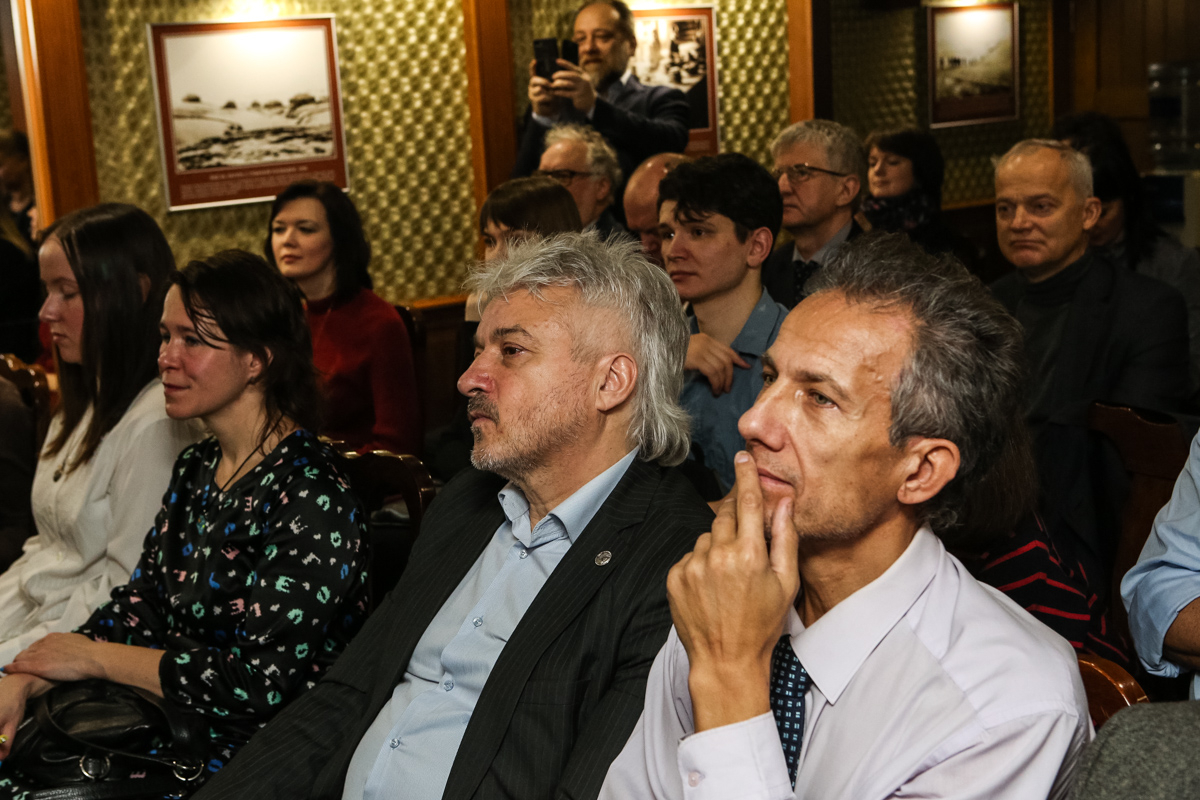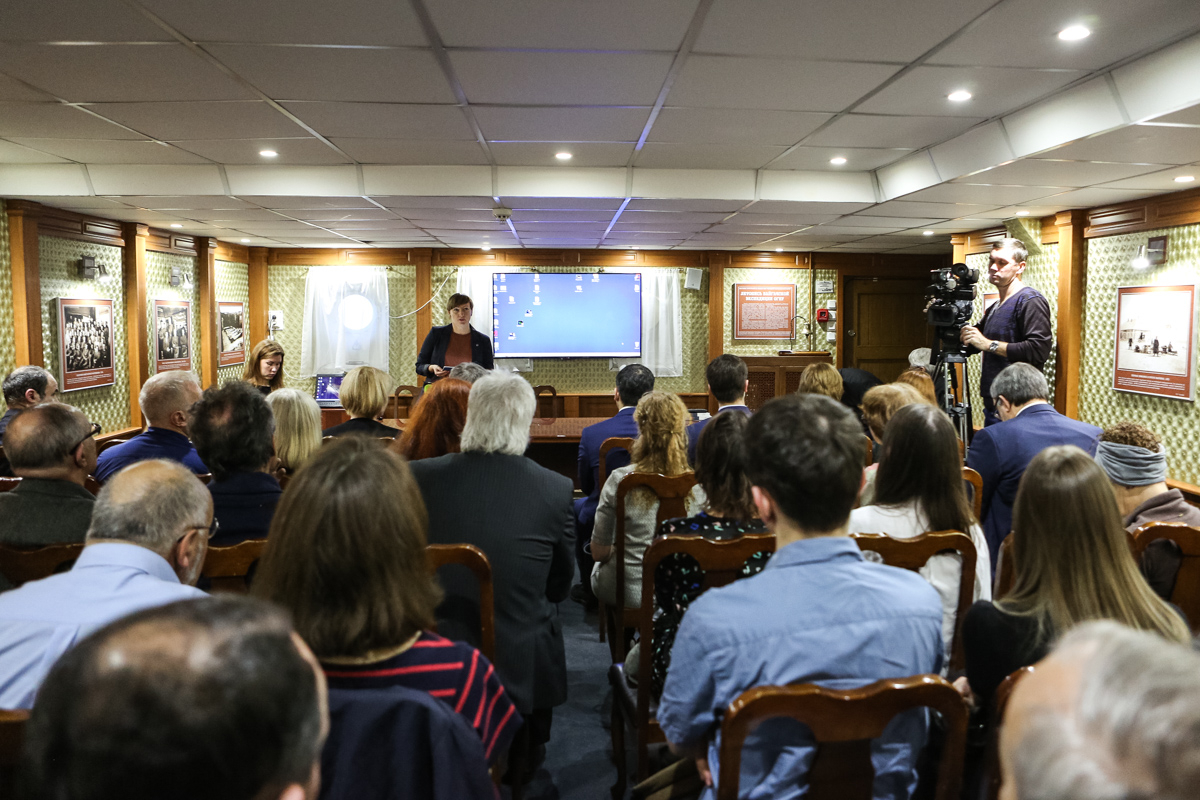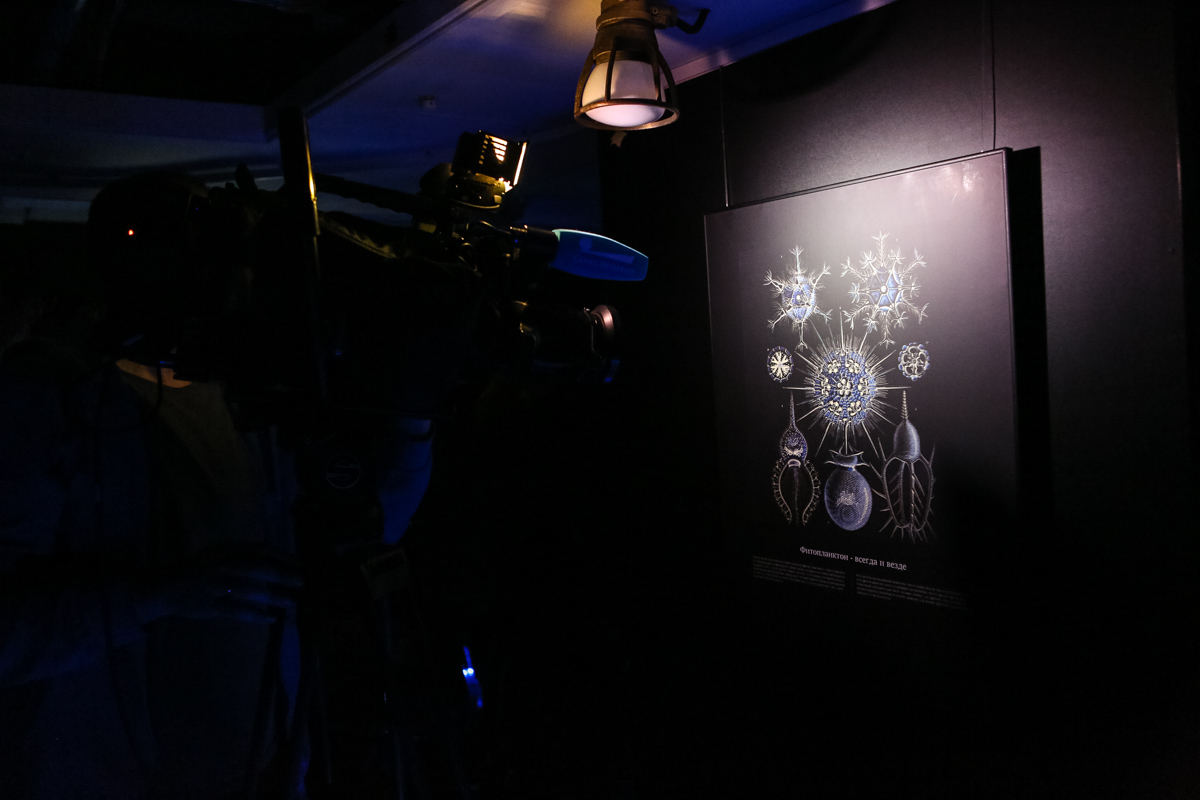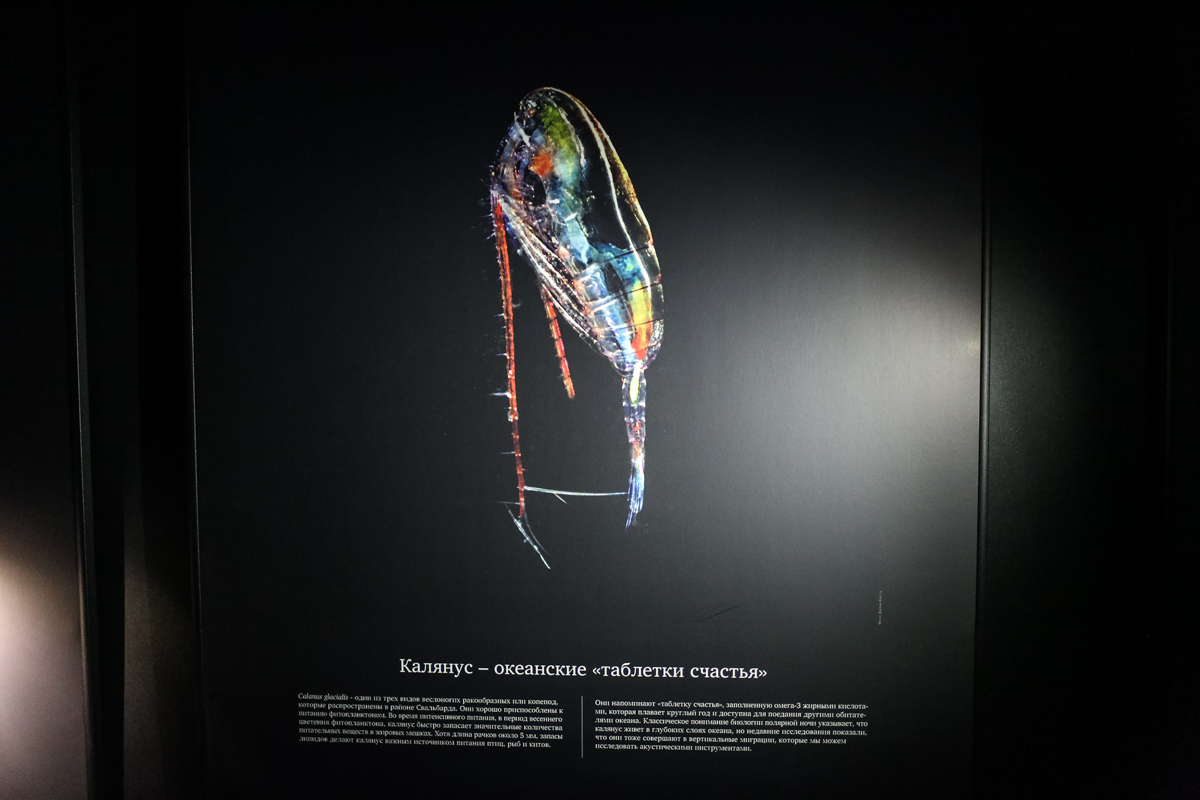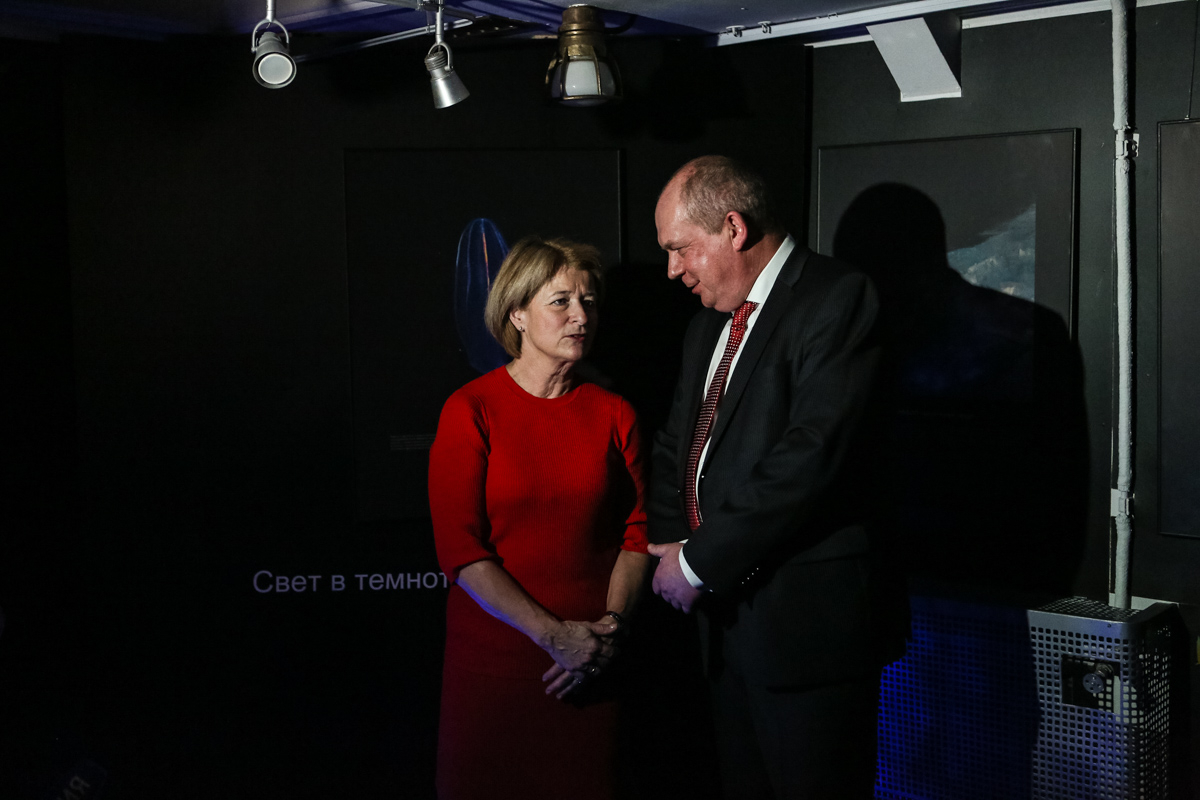Is there life in the dark?
Scientists from St Petersburg University together with their colleagues from Norway studied the biodiversity of the Arctic ecosystems during the long polar night. This was part of the international project Marine Nights. Everyone interested can get acquainted with the results of the research at the exhibition “Polar Night – Life and Light in the Dead of Night”, which is now open on board the legendary icebreaker “Krasin”.
The opening ceremony of the exhibition was attended by representatives of St Petersburg University and the University of Tromsø (Norway), as well as Dag Malmer Halvorsen, the Consul General of the Kingdom of Norway. In his welcome speech, Professor Sergey Aplonov, the Director of the Arctic Research Centre at St Petersburg University, noted the importance of international cooperation in the Arctic. “The place of our meeting today is deeply symbolic. Last year marked 90 years since the airship "Italia" crashed. The participants of that expedition, the famous "red tent", were rescued by the crew of the Krasin icebreaker off the arctic drift ice. Roald Amundsen, the great Norwegian polar explorer, died in an effort to help those in distress. These events are the best examples of Russian-Norwegian cooperation, which is actively developing at present, but in the scientific field this time,” said Sergey Aplonov.
Dag Malmer Halvorsen, the Consul General of the Kingdom of Norway, agreed with Sergey Aplonov, “The centuries-old history of peaceful coexistence of our countries with a common border in the north has laid a solid foundation for cooperation in the Arctic. Today, our countries cooperate at the international level in various areas, for example, as part of the Arctic Council. Stability in the Arctic is a significant component of peace on Earth and a necessary condition for our common economic growth, as well as the achievement of sustainable development goals. Climate change in the Arctic affects the region inside as well as outside.”
Anne Husebekk is the Rector of the University of Tromsø, the Arctic University of Norway. She expects the impact of global warming on the ecosystem of the North Polar Region to be the next step in joint Russian-Norwegian research into the winter activity of marine organisms. “We always wondered what happens in the Arctic waters during the polar night. Thanks to our scientists, it has become clear that life there is in full swing at this time of year. Now we face a new challenge: to get an idea of what will happen to the biodiversity of the Arctic Ocean if the ice disappears,” said Anne Husebekk.
The scientists themselves described their research in more detail after the official opening ceremony of the exhibition. During the three winter seasons (2013–2015), Norwegian and Russian biologists studied various organisms of the Arctic ecosystem – from algae to birds of prey – in the Kongsfjorden Bay (the Svalbard Archipelago). They conducted their research on those days of the polar night, when, according to their preliminary estimates, the activity of the living should be kept to a minimum. Additional data on the project was obtained by students and staff of St Petersburg University at the Russian observation station “Dalnie Zelentsy” and the educational and research station of St Petersburg University “Belomorskaia”.
The project outcomes, published in the journal Current Biology, showed that life in the depths of the Arctic seas does not stop, despite the lack of sunshine necessary for many processes. It turned out that some organisms switch to alternative supplies, while others use the energy accumulated during the summer period. This allows many organisms to start the process of photosynthesis much earlier than the beginning of the polar day.
An essential component of the large-scale project was the student and academic exchange. This was implemented as part of the Bilateral Arctic marine science and students exchange program. From 2014 to 2016, students from Russia, Norway, France, Malaysia and other countries attended courses at St Petersburg University and Norwegian scientific centres. Multidisciplinary research attracted not only young biologists, but also ecologists and geologists.
Biologists from St Petersburg University together with their Norwegian colleagues continued their research into the fragile ecosystem of the Arctic region in 2018. This was part of the new project “Environmental monitoring of Arctic coastal ecosystems: Sensitivity to petroleum pollution (Arctic Ecosens)”. It is supported by a grant from the Russian Foundation for Basic Research and the Research Council of Norway.


